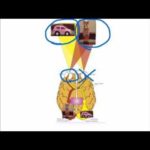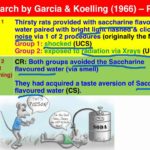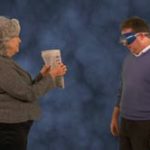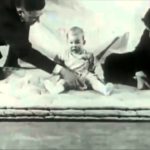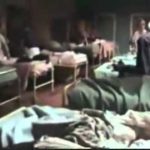Category: Famous Experiments
Split Brain Experiments
In some severe cases of epilepsy, patients have undergone a callosotomy, which is a procedure where the corpus collosum (a set of nerve fibres connecting the two cerebral hemispheres) is severed. This has proven successful in controlling severe seizures (1). … Continue reading →
Garcia and Koelling Taste Aversion Experiments
In the 1950s John Garcia noticed that rats developed an aversion to sweetened water consumed after being being irradiated. Garcia proposed that the sweetened water had become noxious due to the nausea-inducing effects of the radiation. His findings were confirmed … Continue reading →
Skinner Box Experiments or Operant Chamber Experiments
The Skinner box was a device designed by B. F. Skinner, which he used in reinforcement experiments on rats. The apparatus contained a food-releasing mechanism, which could deliver food as a reward for specific behaviours. The device also contained a … Continue reading →
Solomon Asch Conformity Experiments
The Solomon Asch conformity experiments were a set of experiments performed in the 1950’s by the American psychologist, Solomon Eliot Asch, in which it was demonstrated that an individual’s opinions could and would be influenced by those making up the … Continue reading →
Festinger and Carlsmith Study, Cognitive Dissonance
Leon Festinger and Merrill Carlsmith conducted an experiment in 1959 in order to demonstrate the phenomenon of cognitive dissonance. Students were asked to perform a boring task and then to convince someone else that it was interesting. The researchers theorized … Continue reading →
Harlow’s Studies on Attachment
In a set of classic studies in the 1950s and 1960s, Harry Harlow and others investigated the nature of attachment in young rhesus monkeys. In one study (Harlow & Zimmerman, 1959), the researchers exposed young monkeys to two artificial mothers, … Continue reading →
Little Albert Experiment
The “Little Albert” experiment was an experiment conducted by John Watson and Rosalie Rayner, with a 9-month old boy named Albert. Inspired by Ivan Pavlov’s discovery of classical conditioning, the researchers paired a benign object (a white rat, that Albert … Continue reading →
Rosenhan’s Pseudopatient Experiment
The ‘pseudopatient experiment’ was a field experiment carried out by David Rosenhahn and a group of seven other people between 1969 and 1972. The group of healthy, normal individuals all presented themselves at U.S. psychiatric hospitals, informing psychiatrists only that they … Continue reading →
Dutton and Aron Suspension Bridge Experiment
The suspension bridge experiment was conducted by Donald Dutton and Arthur Aron in 1974, in order to demonstrate a process where people apparently misjudge the cause of a high level of arousal. The results of the experiment showed that the … Continue reading →
